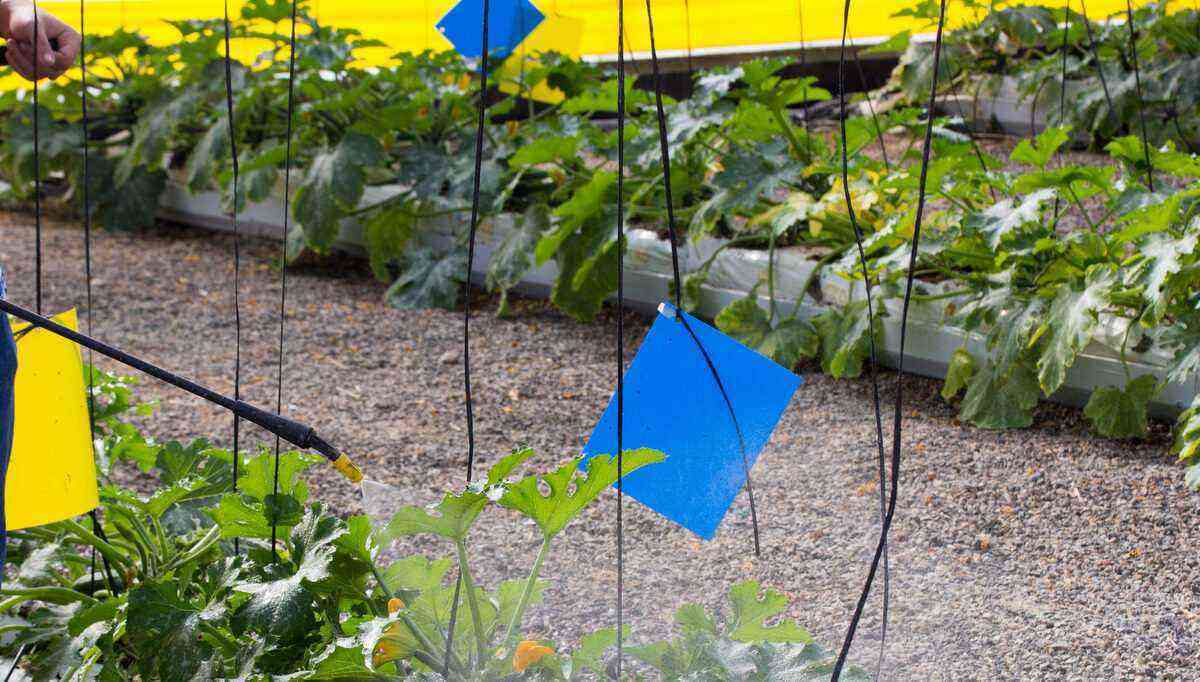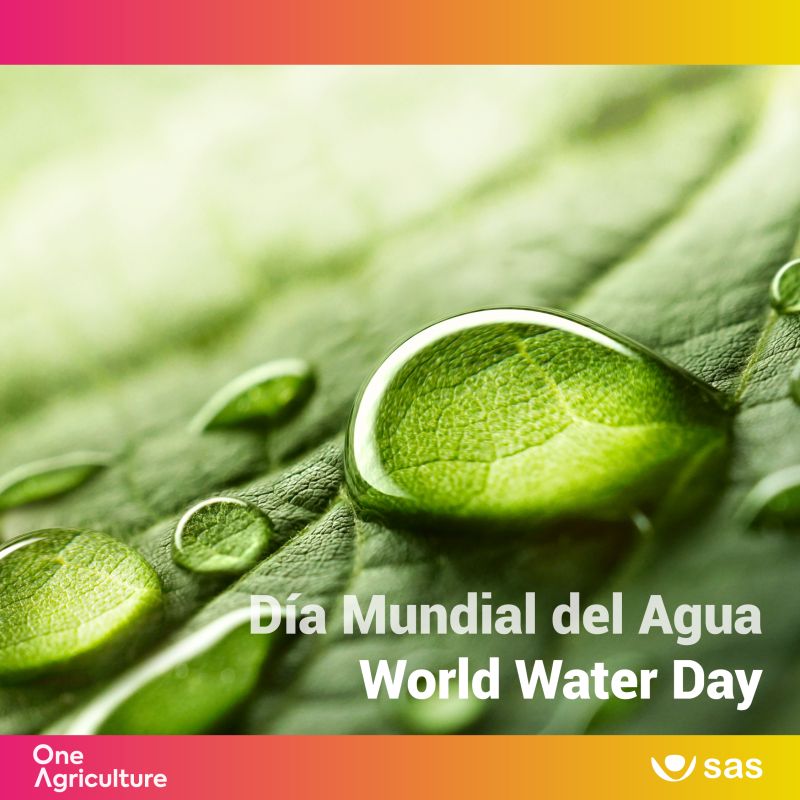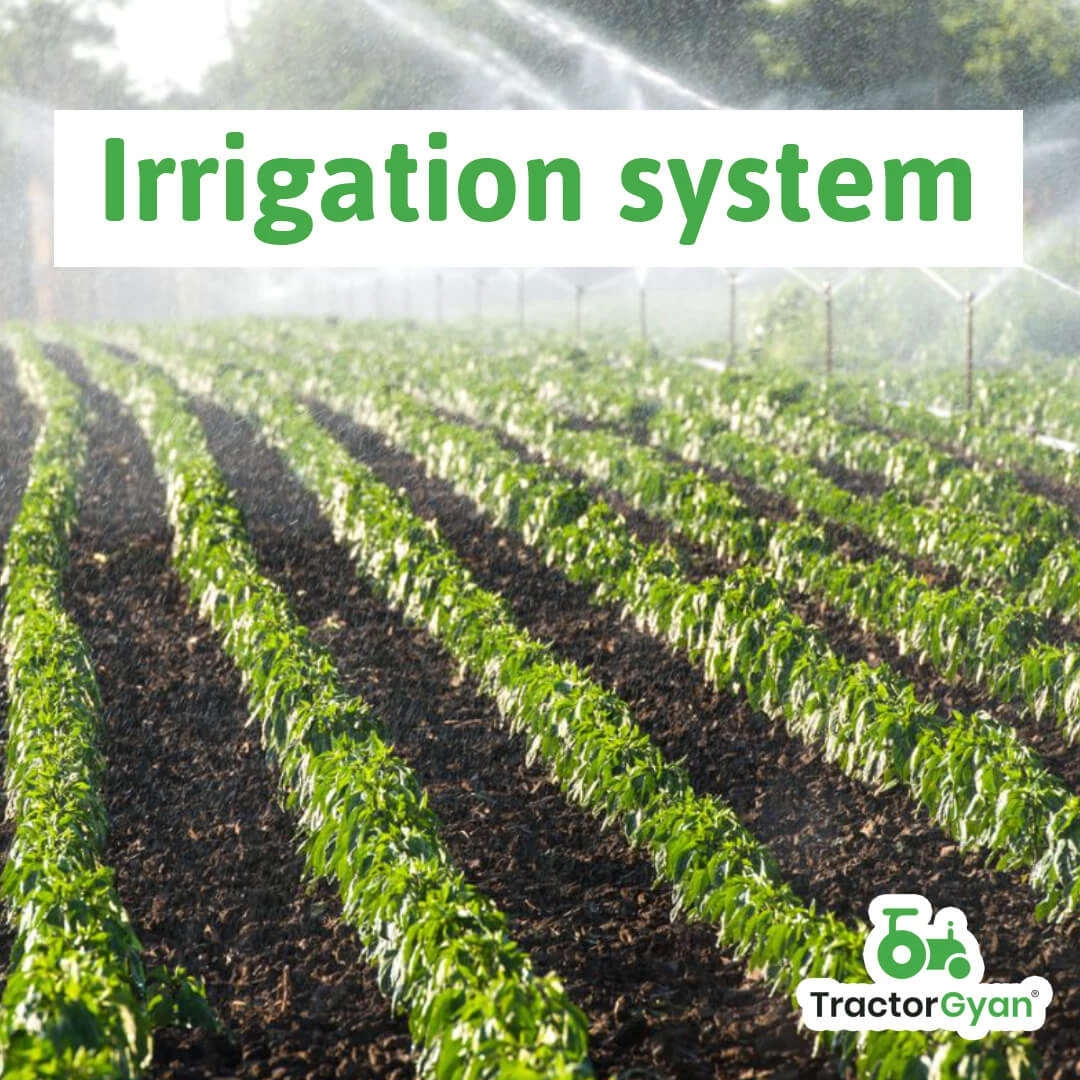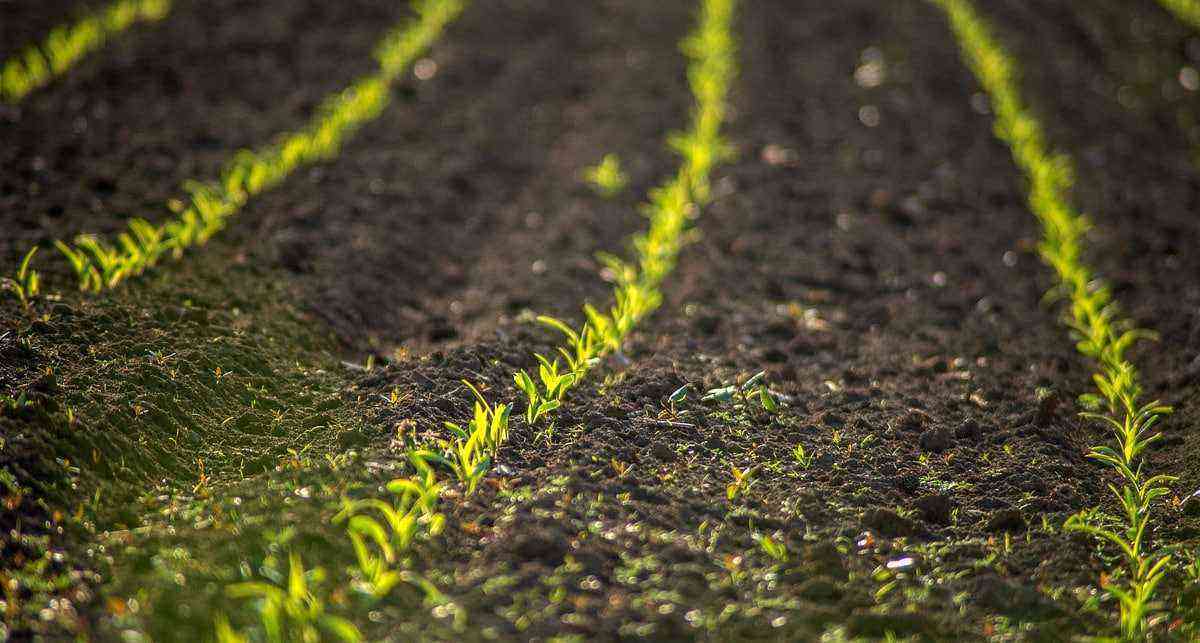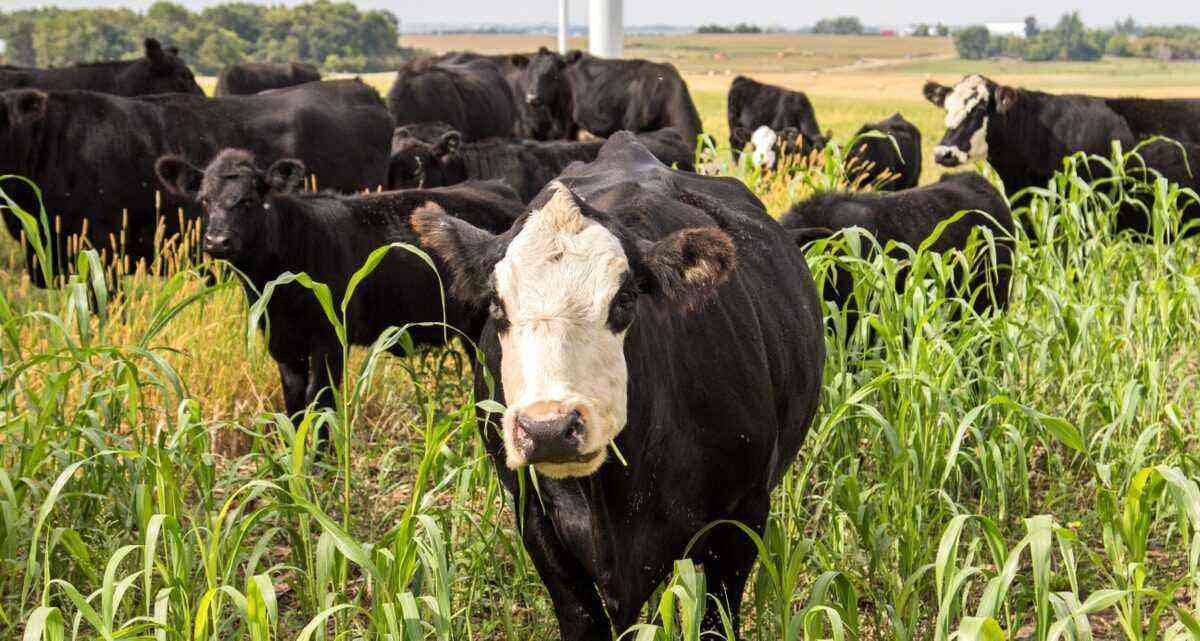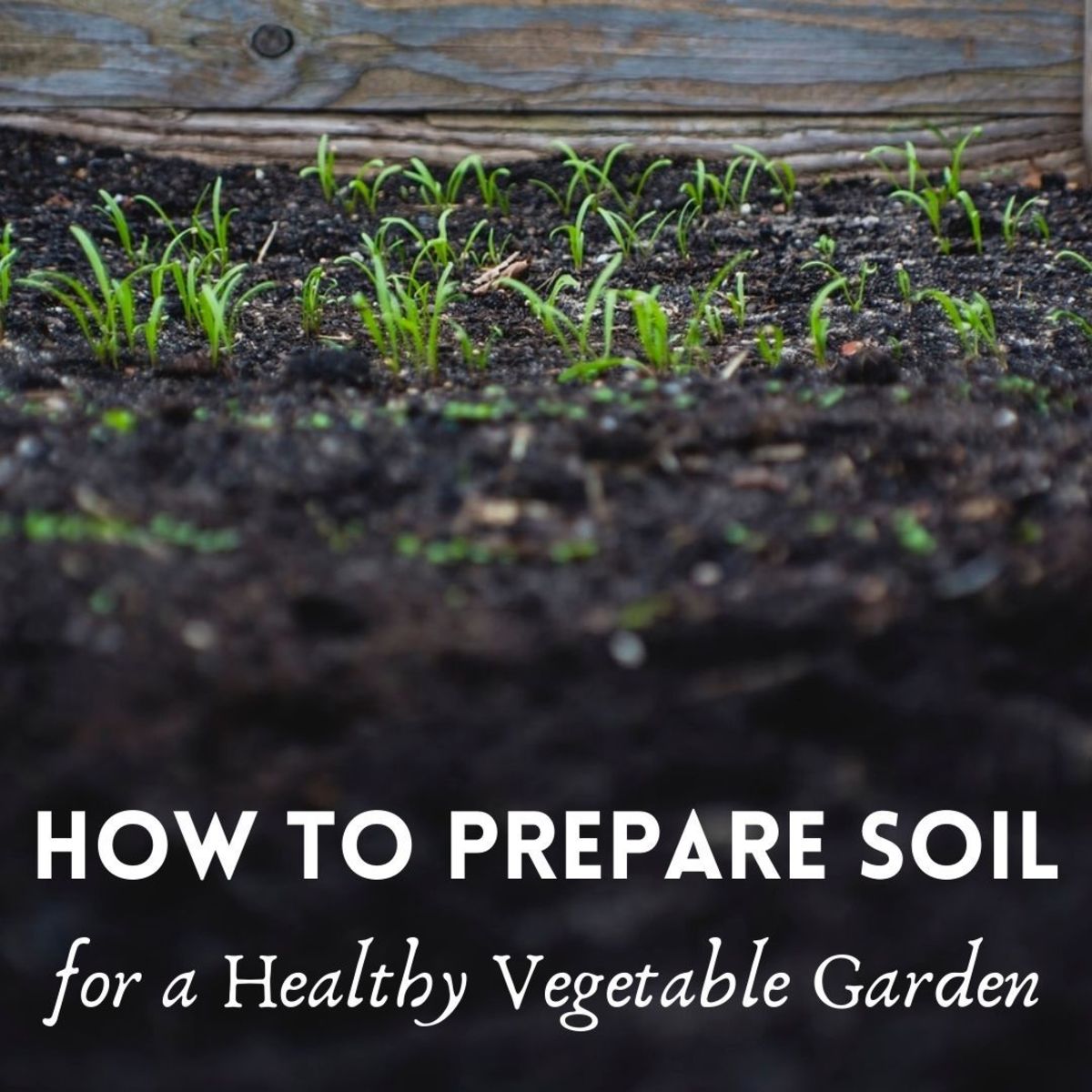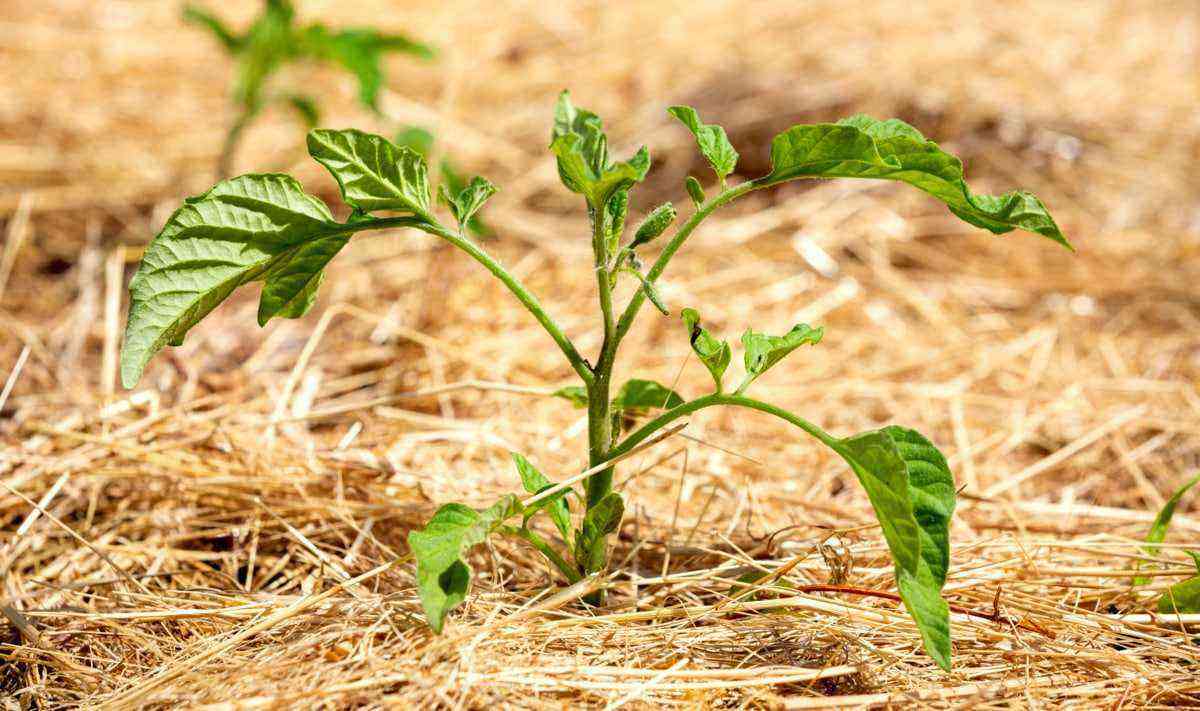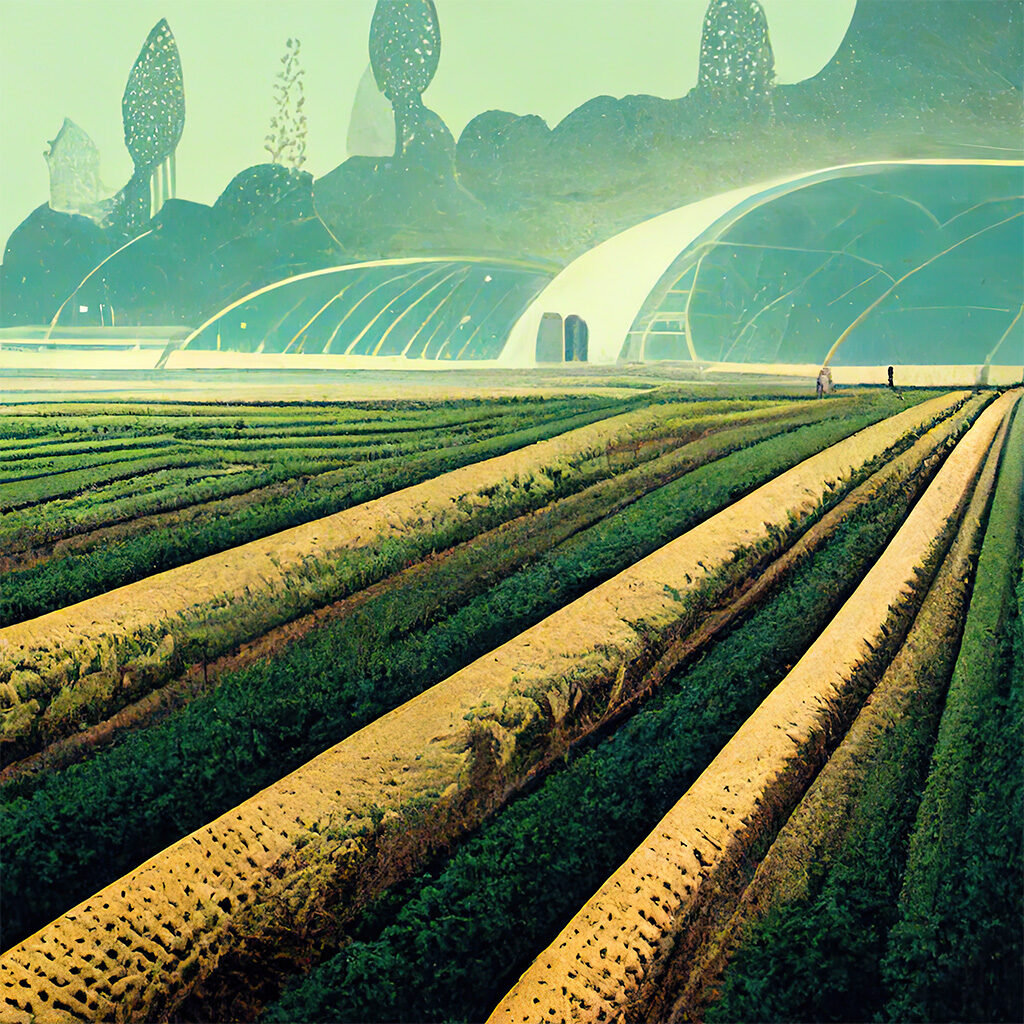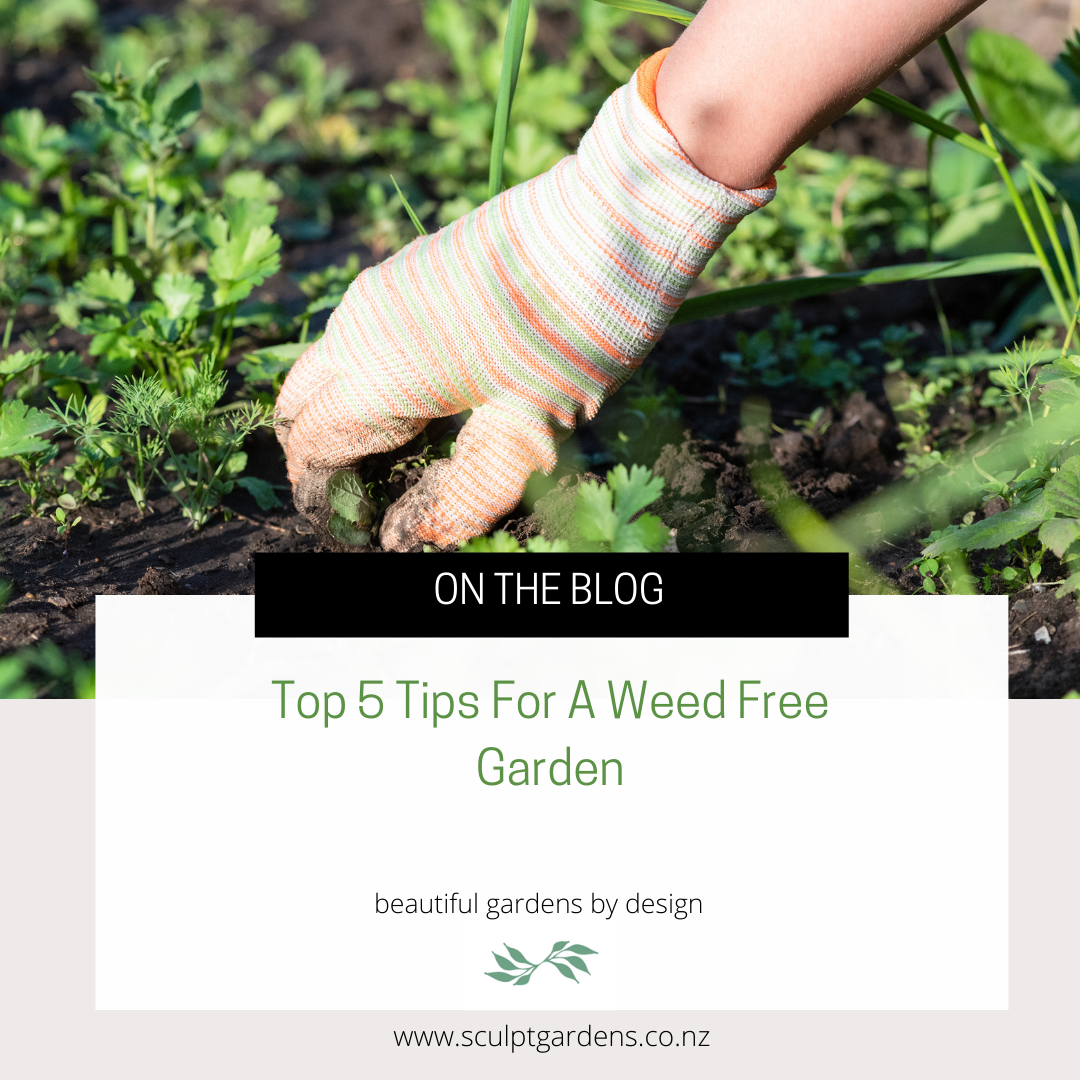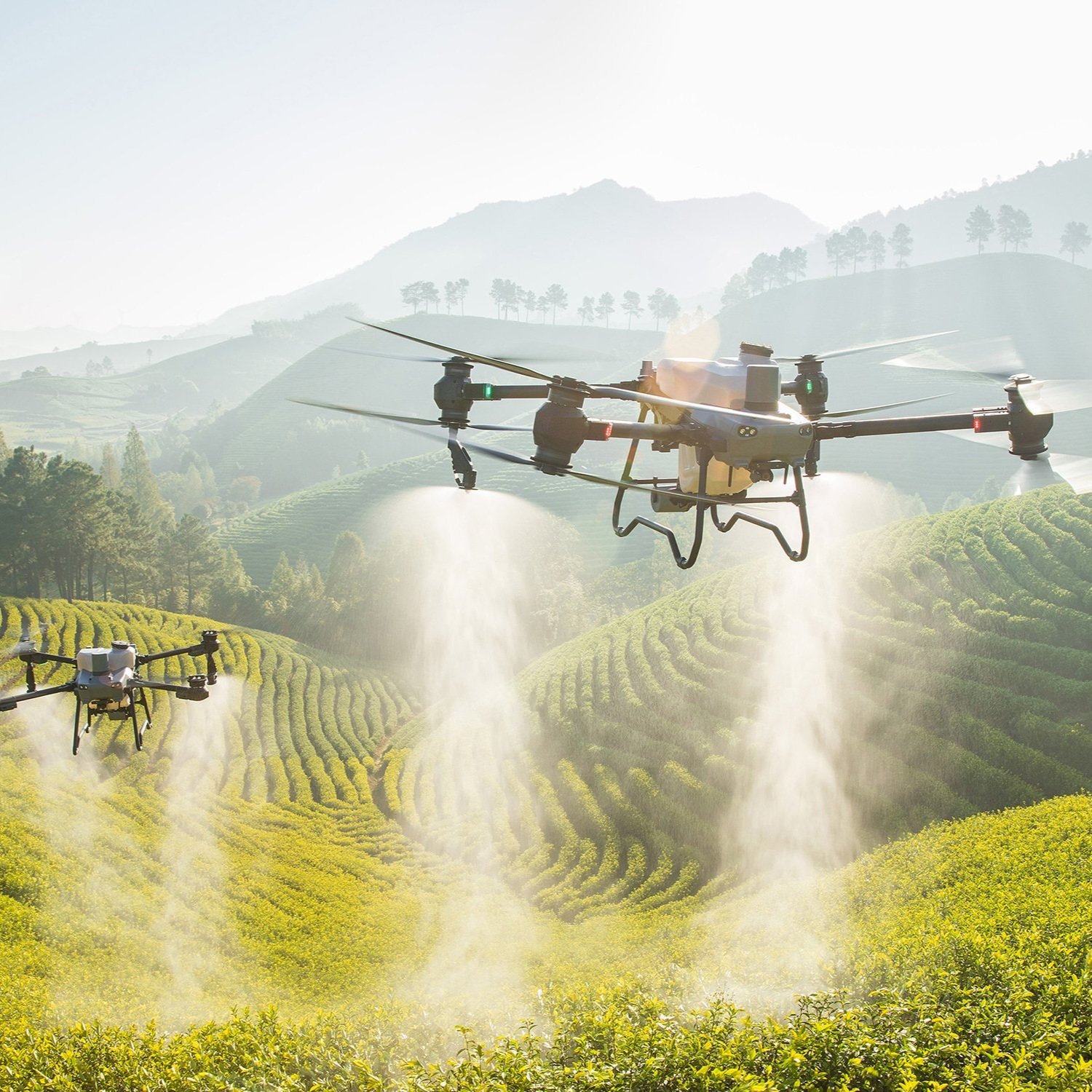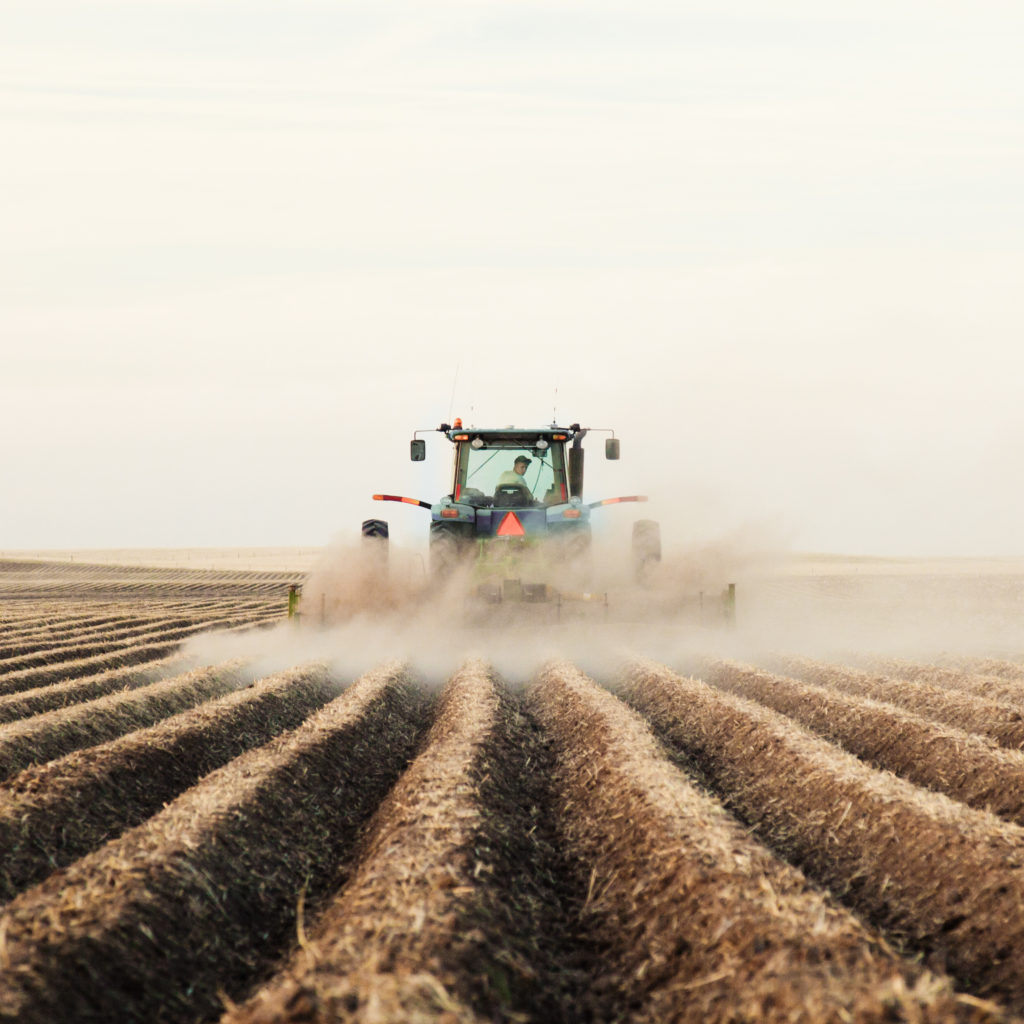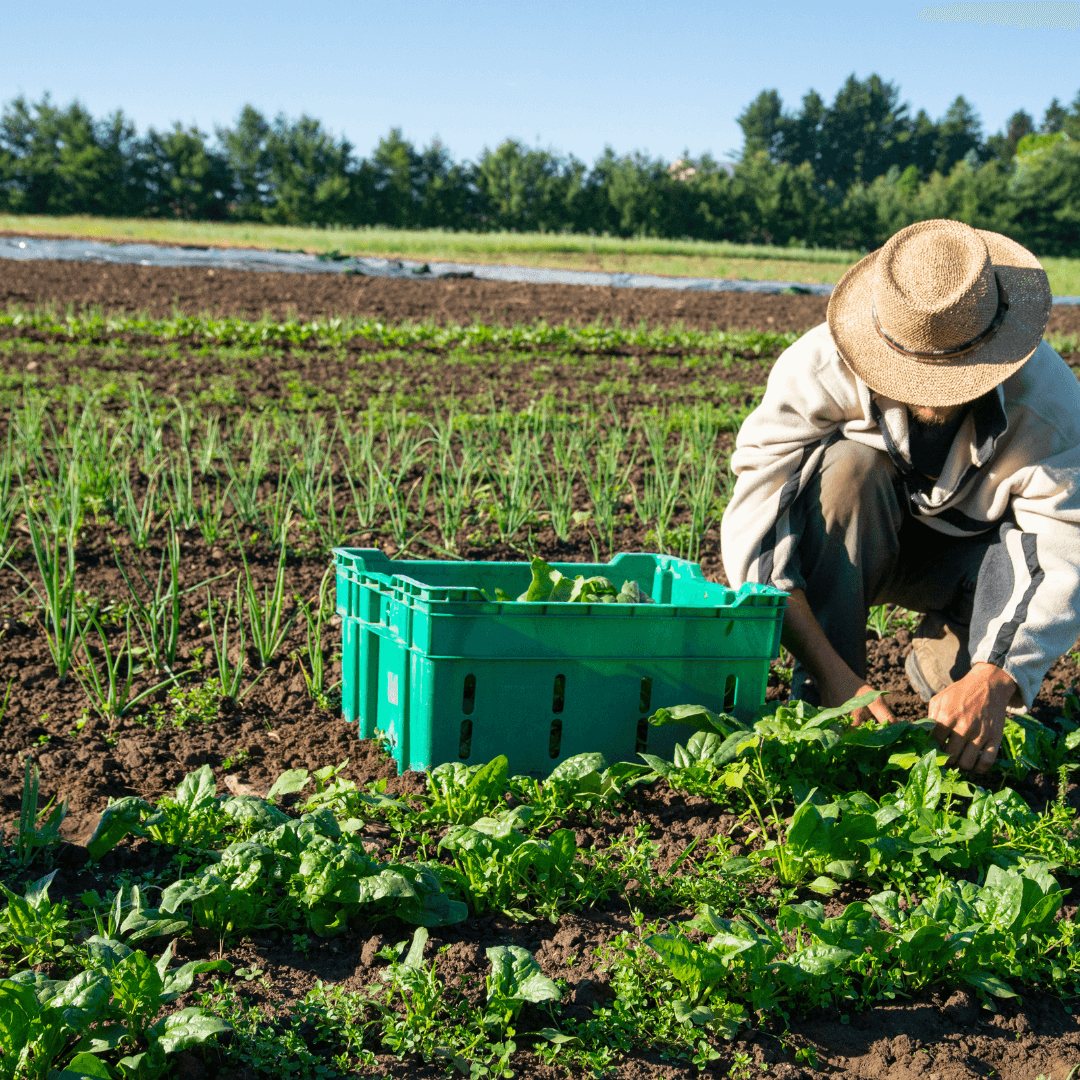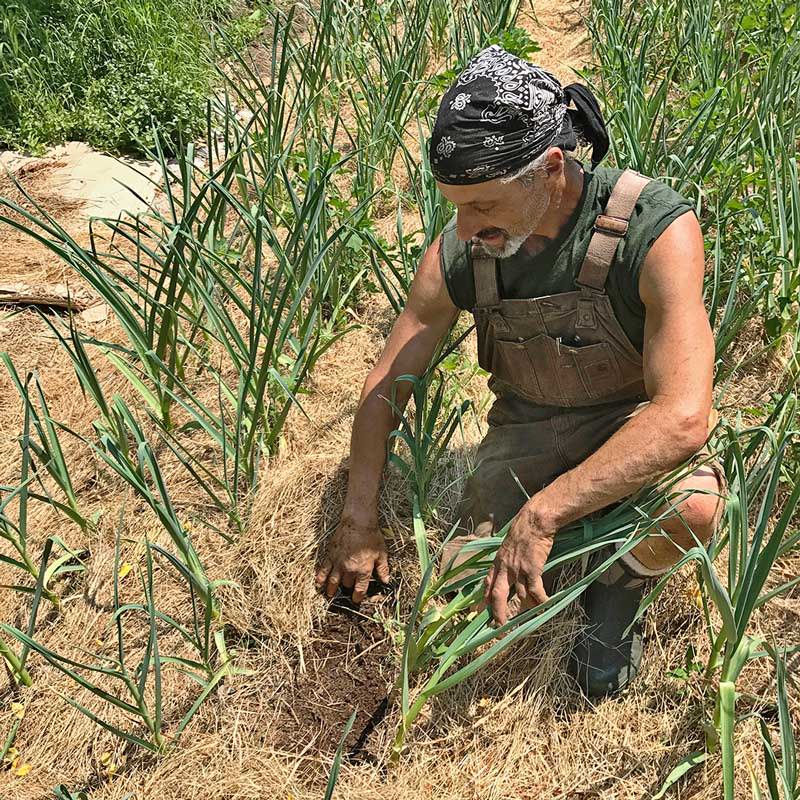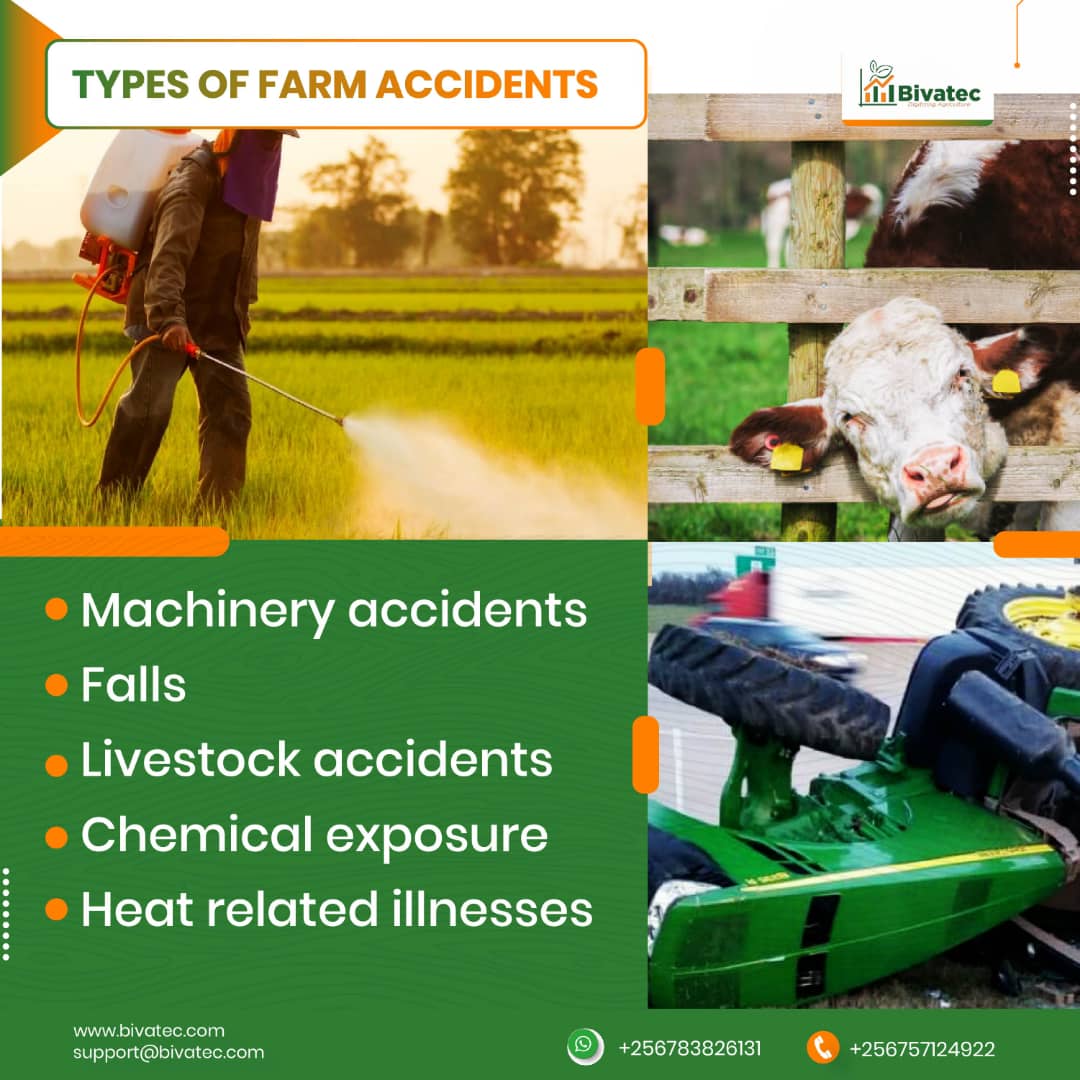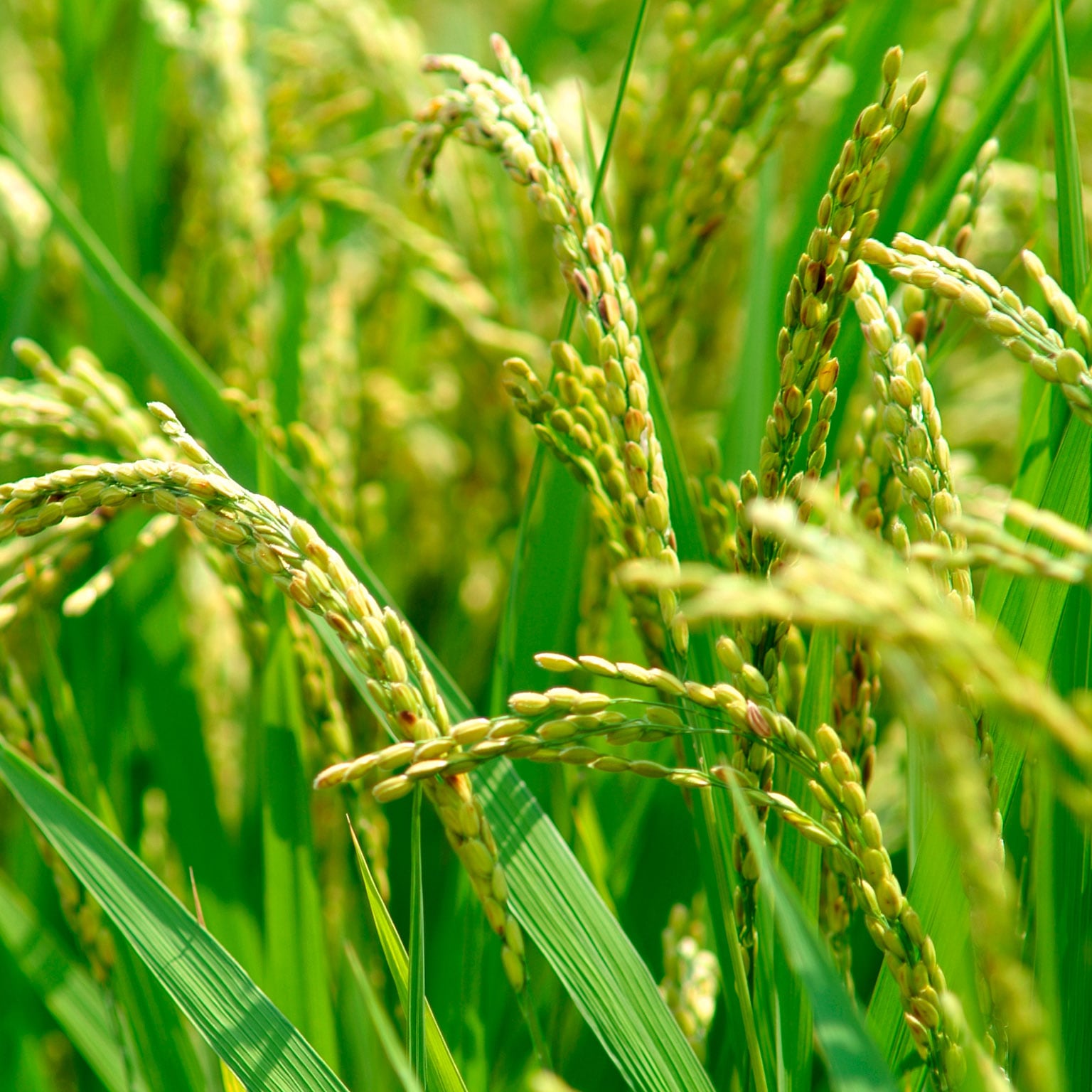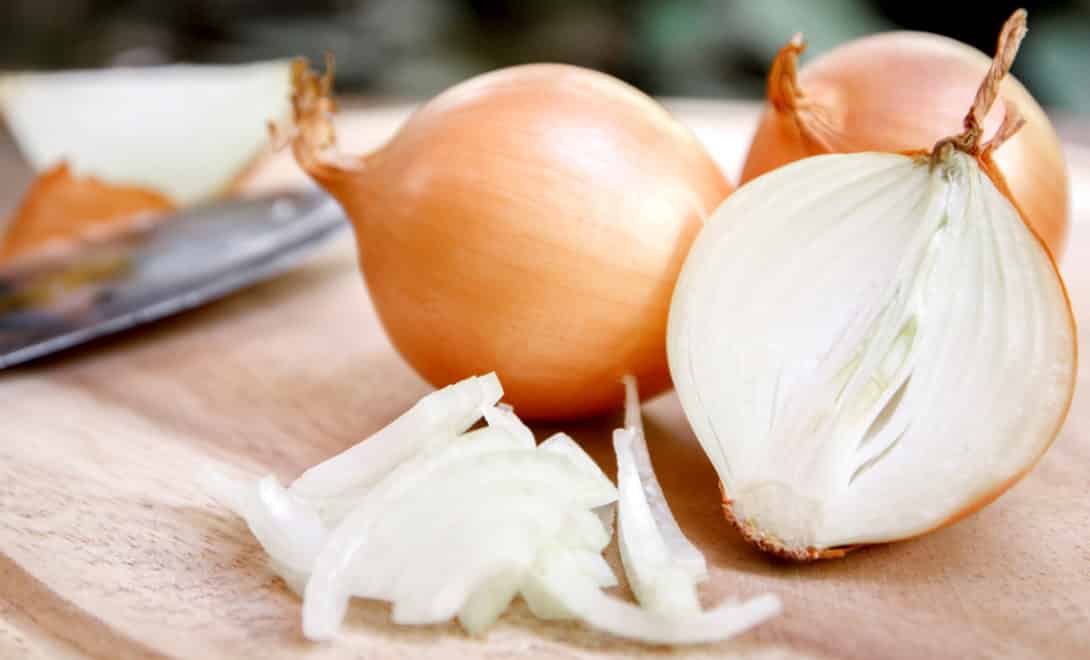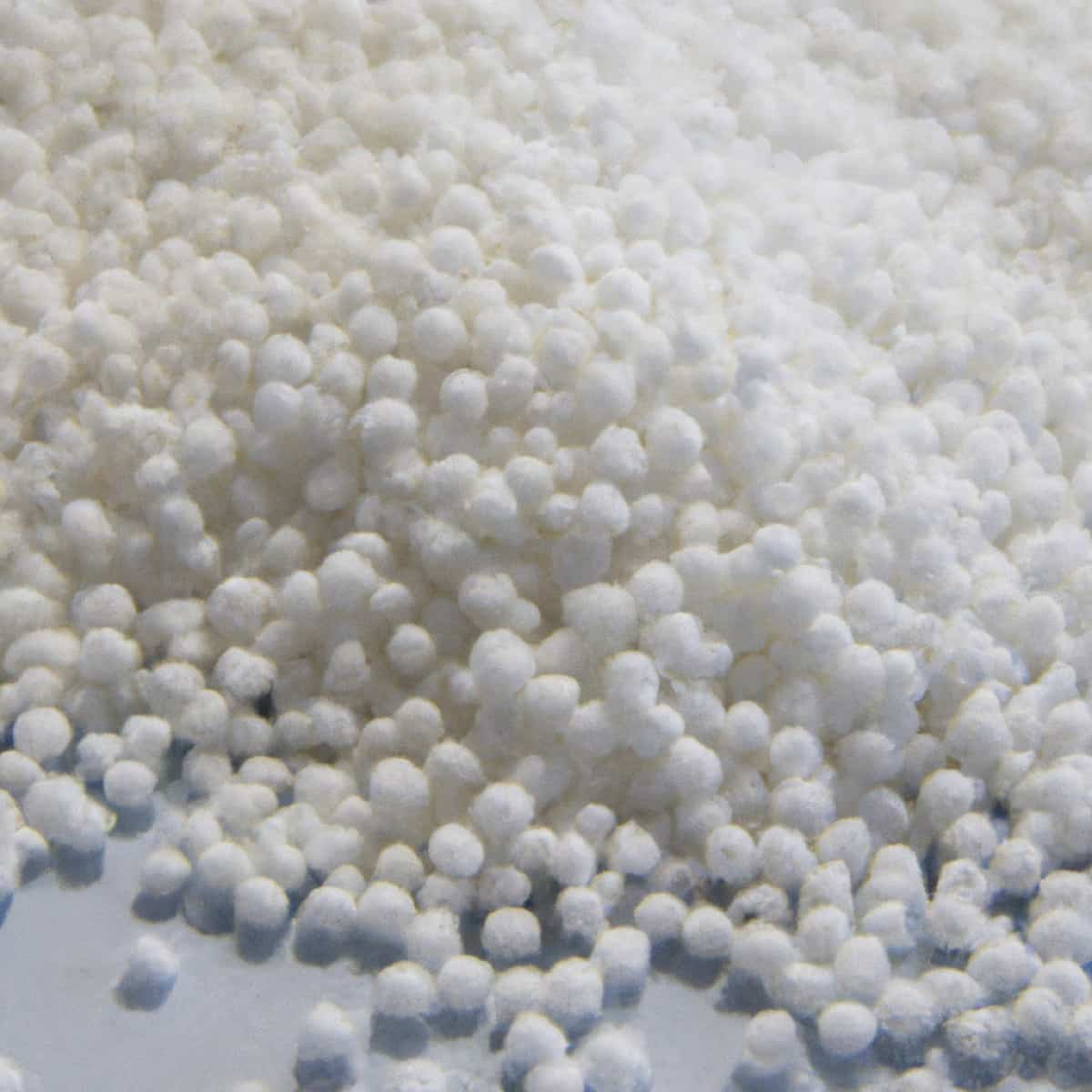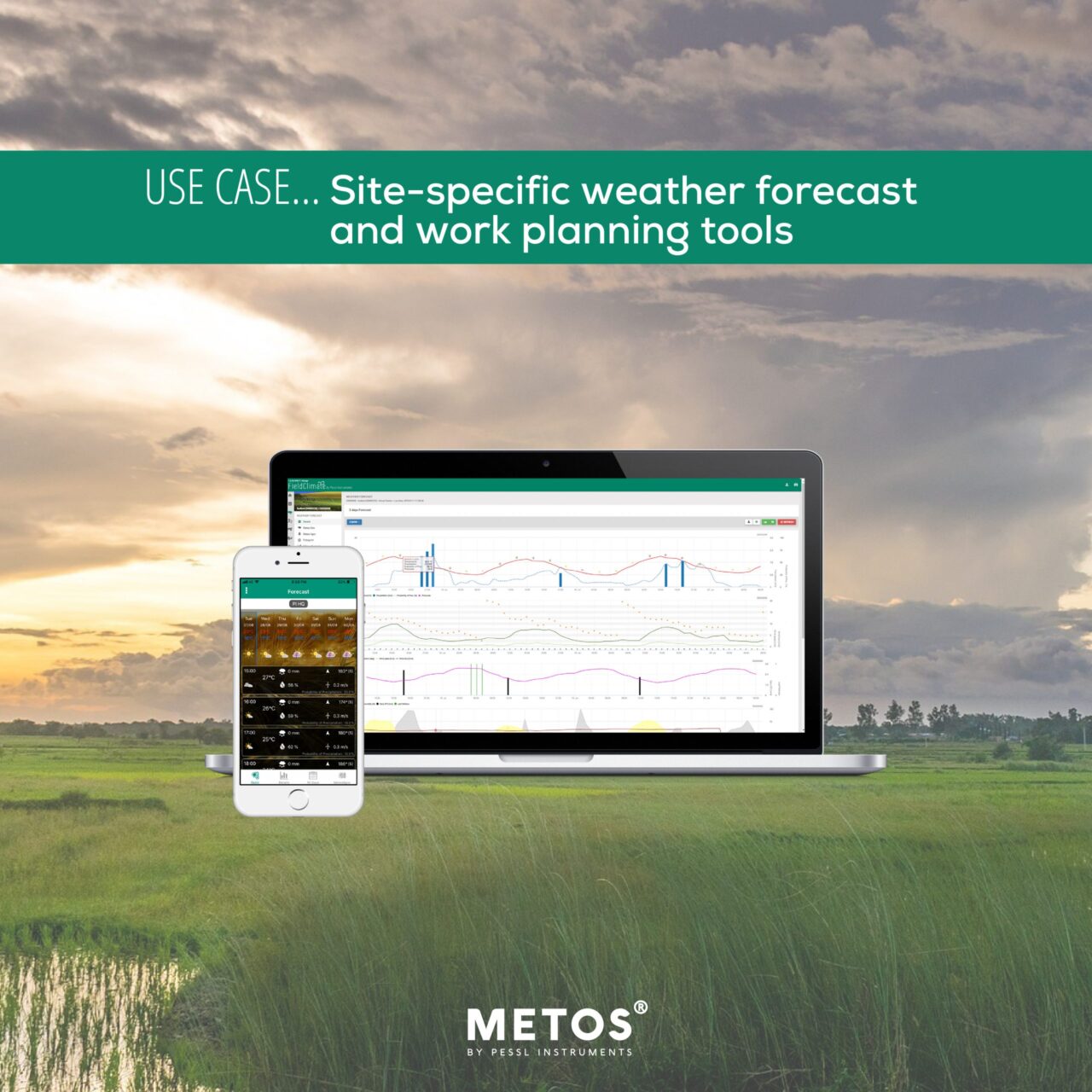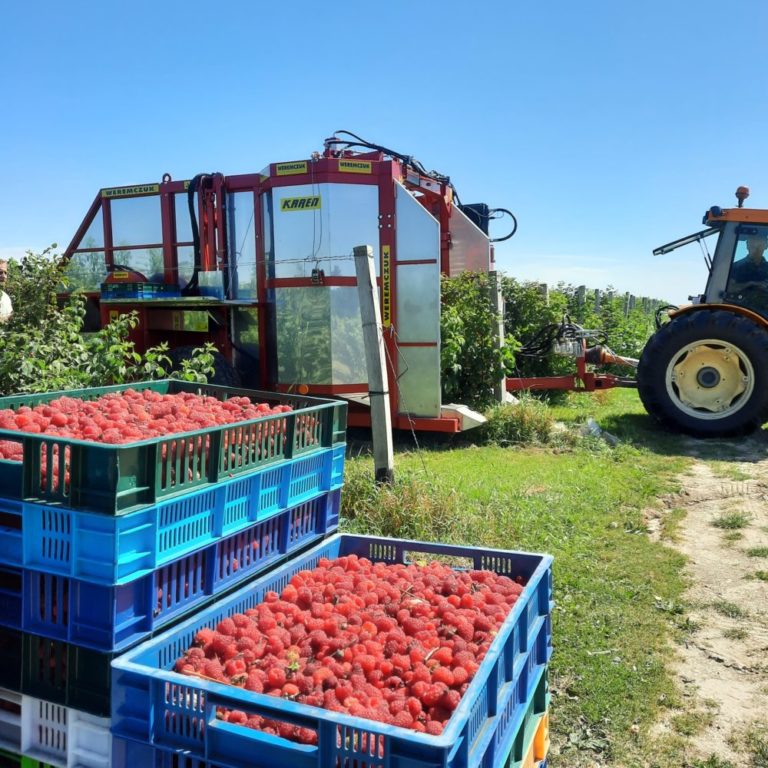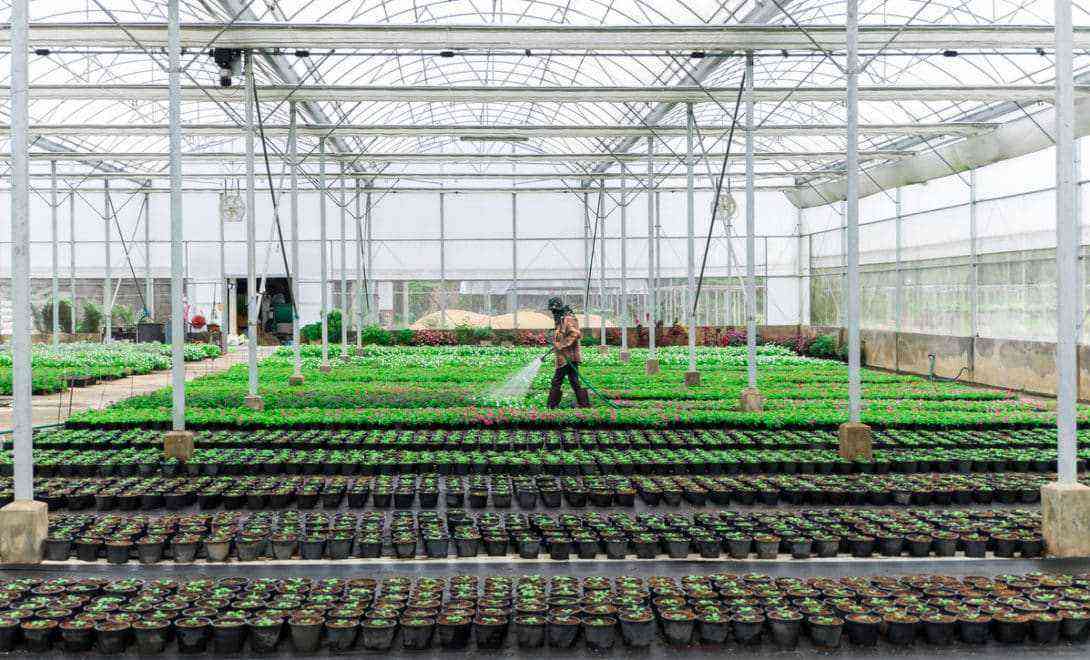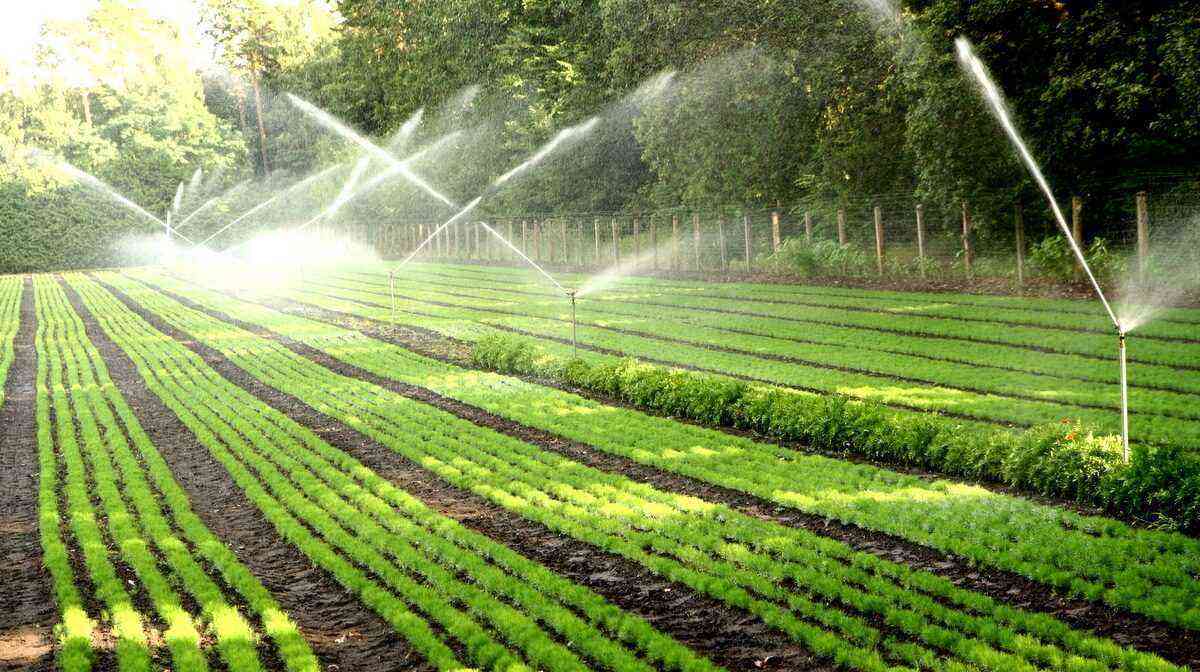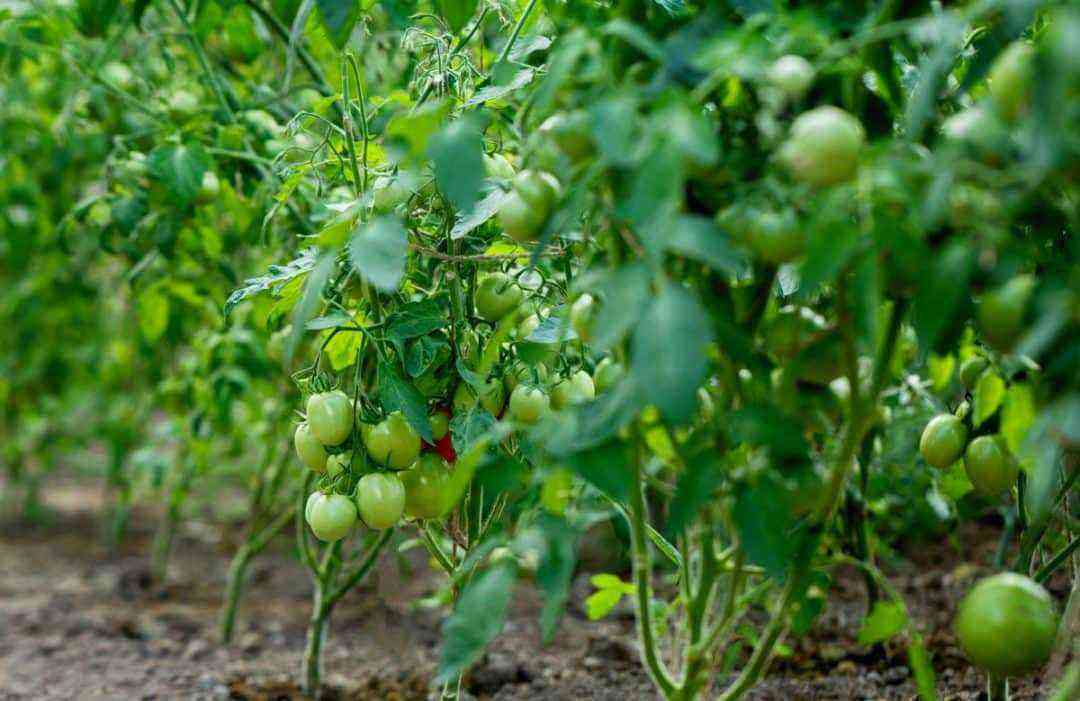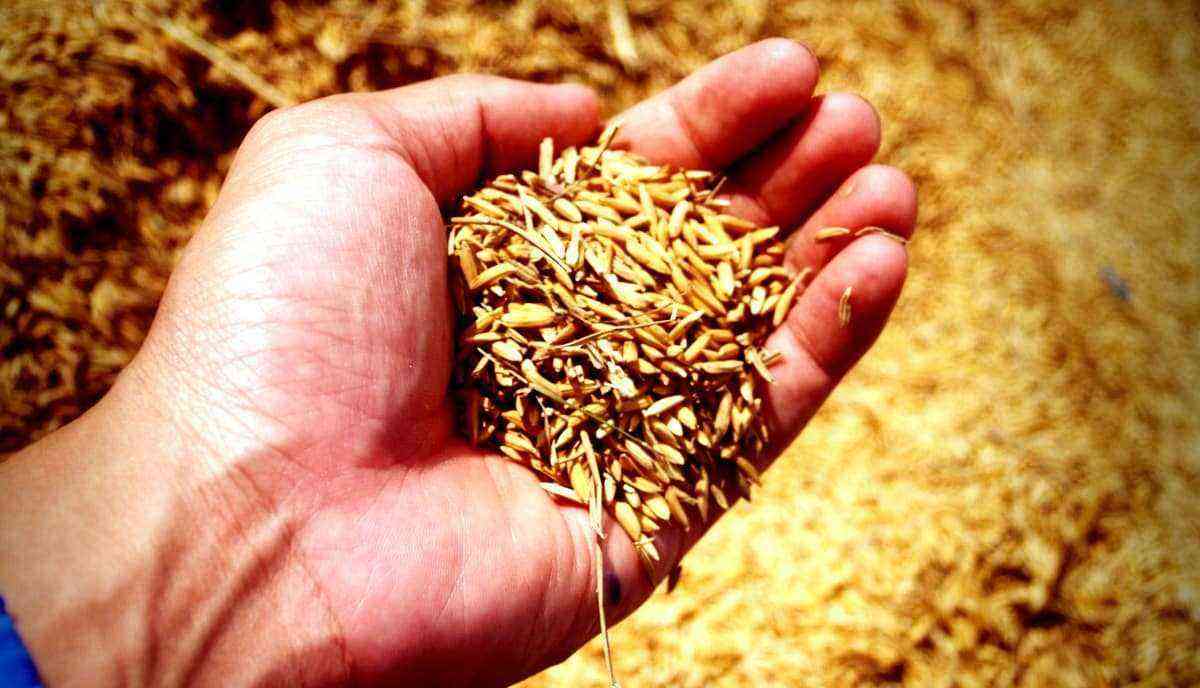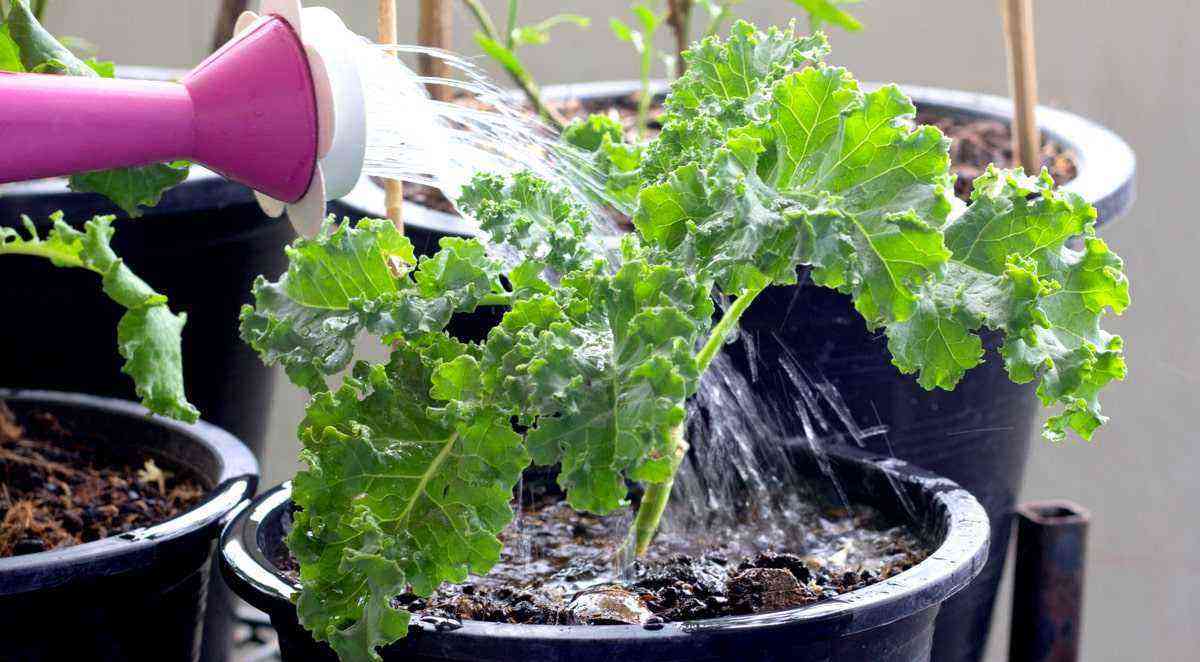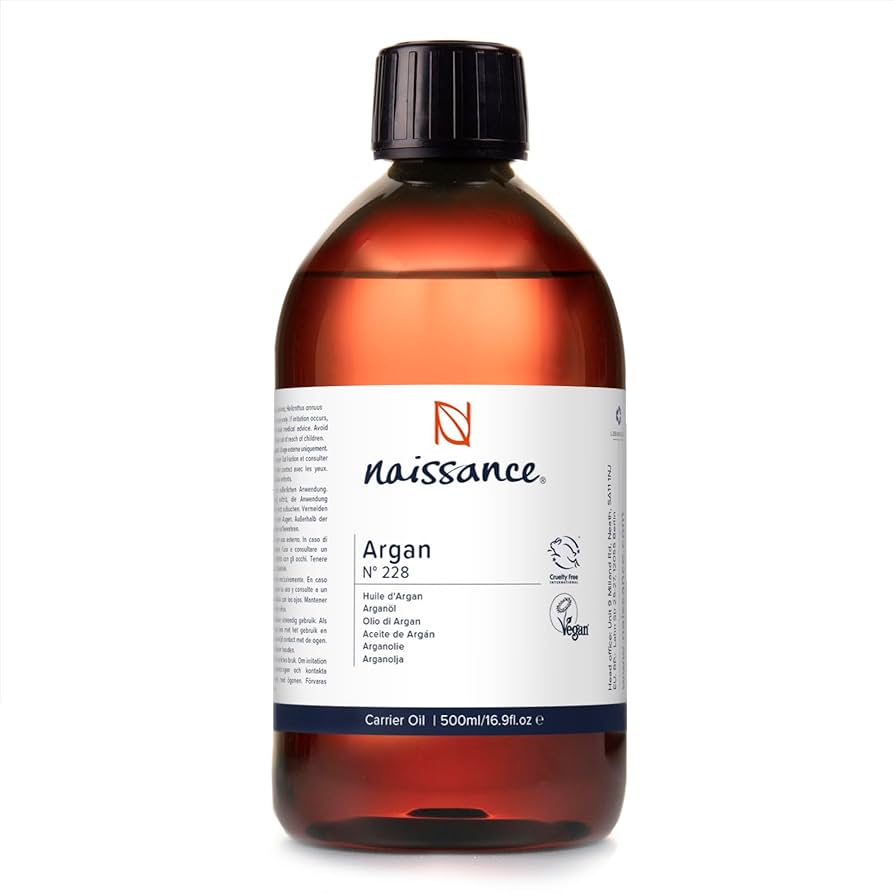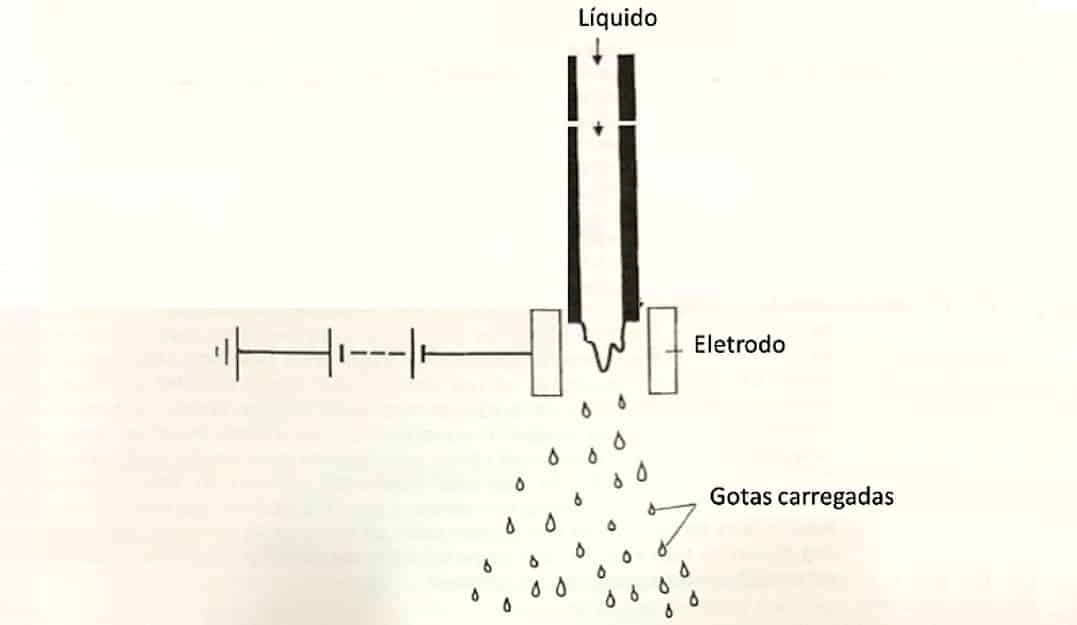Over the years, production in the field has undergone many changes, especially with the arrival of technology. Processes in agriculture are undergoing automation to help meet production demand.
Along with this technological advance, the fertilization process of any crop also continues to evolve. Know that fertilizing is not just putting products, such as fertilizers, and hoping for a good result.
In this article, we will present 7 tips for you to know now how to fertilize correctly. Check out!
1. Know the different types of fertilizers
There are a variety of fertilizers on the market, both organic and inorganic. The choice will depend on the nutrients that the soil needs. The use of organic, for example, is based on natural sources.
Below, see the difference between the two varieties and understand which one contemplates the need for fertilization of your crop:
organic fertilizer
Organic fertilizer is obtained from natural sources, which can be either animal or vegetable. This type of fertilization becomes a little slower due to the decomposition process that must occur before cultivation.
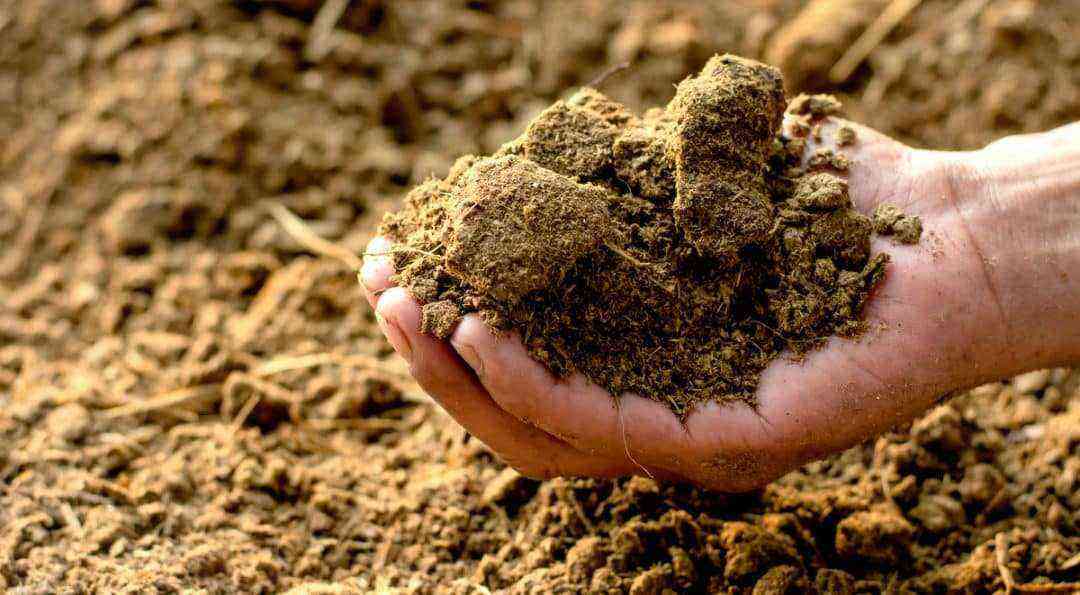 Among the best-known organic fertilizers for fertilization is cattle manure. It is rich in nutrients for your crop.
Among the best-known organic fertilizers for fertilization is cattle manure. It is rich in nutrients for your crop.
However, this type is rich in nutrients that are extremely useful for other crops. All this, thanks to the wide variety of plant remains, manure and also the action of earthworms and microorganisms.
Another option of organic fertilizer that is very practiced is the green adubation. This type consists of using remains of other plants, such as legumes, added to the main crop, and its purpose is to enrich the soil with nitrogen, which, consequently, makes it possible to increase production.
Organic fertilizers are an option to favor the biodiversity present in the soil and also, as we said above, increase crop productivity.
inorganic fertilizers
Also known as mineral or chemical fertilizers, they originate from the extraction of minerals and are a mixture of the main nutrients (phosphorus, nitrogen and potassium) that plants need to grow healthy and avoid problems in agriculture.
This type is important to have control of the fertilizer that the soil needs, as it is possible to calculate its amount. In addition, they are absorbed more quickly by cultivated plants.
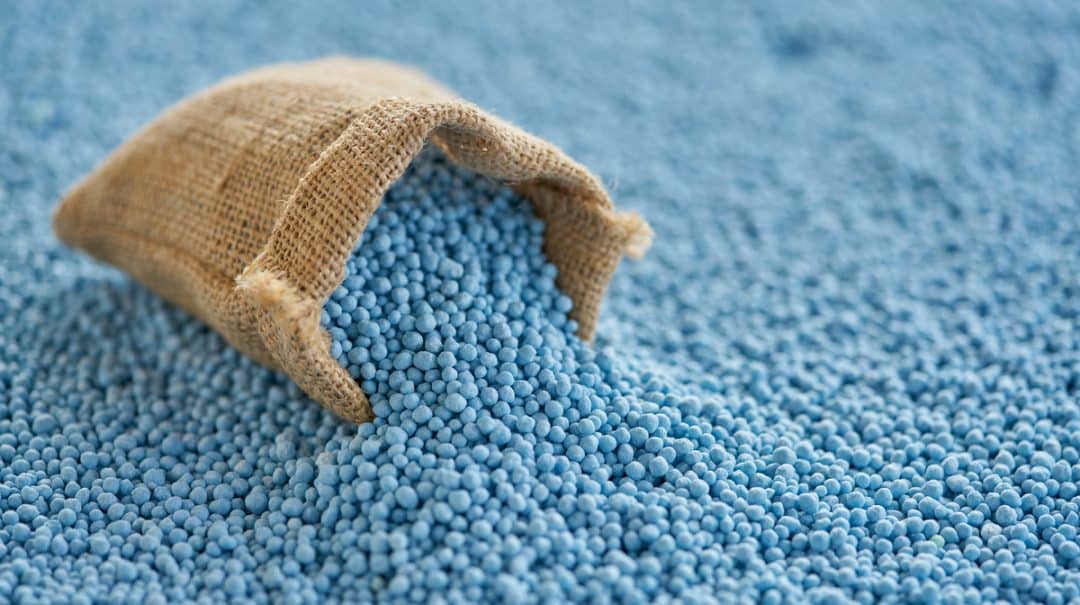 Mineral or chemical fertilizers are important allies for the farmer. It is possible to calculate the exact amount at the time of fertilizing the crop.
Mineral or chemical fertilizers are important allies for the farmer. It is possible to calculate the exact amount at the time of fertilizing the crop.
However, one of the biggest problems with this type of fertilization is the correct use of chemical fertilizers.
If used in excess, it is possible that environmental damage can occur, as there is an imbalance in the chemical composition of the soil, which becomes poorer and reduces the amount of living organisms present and also of oxygen.
2. Prepare or just
For you to be successful in your farming, it is necessary to prepare the soil to ensure high levels of production over time.
Therefore, it is important to make correct decisions initially to avoid having losses in the future.
For this, there are some precautions that are essential to cultivate your crop. Check below, two of them, in addition to fertilization:
Use liming for soil correction
Liming is a technique used in soil preparation, which consists of applying limestone in order to increase the levels of magnesium and calcium and, therefore, neutralize aluminum and correct the pH present.
We can consider it an indispensable technique, since most of the Brazilian territory is composed of high levels of soil acidity and also the presence of aluminum.
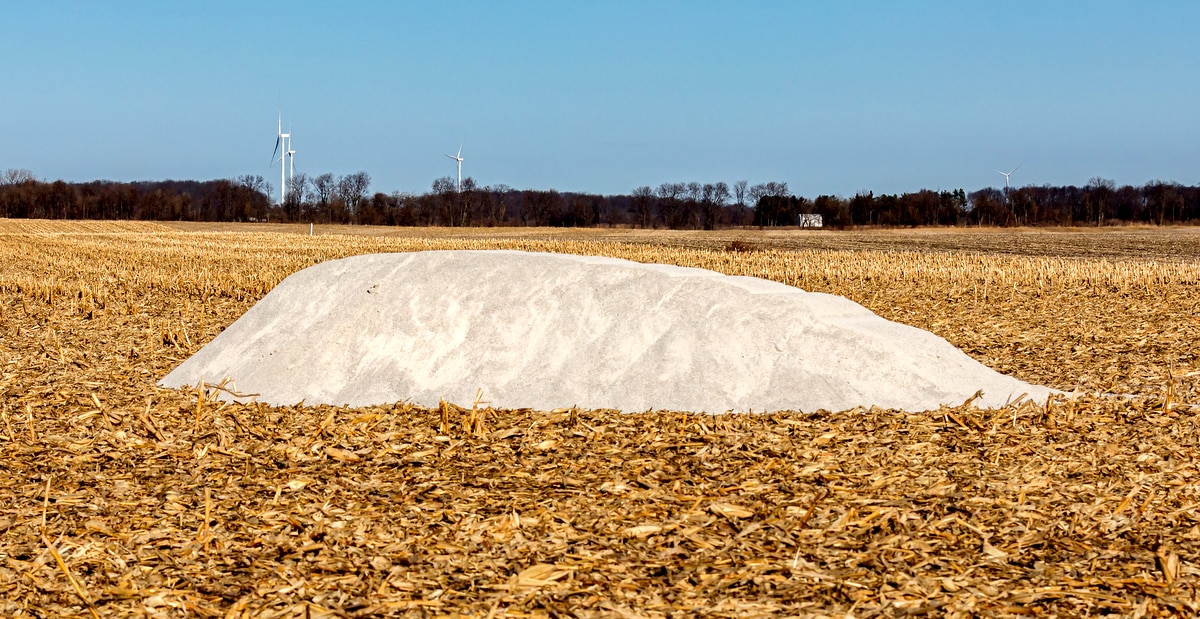
One of the tips to make the correct fertilization of the crop is the application of limestone in the soil correction process.
This means that these high levels harm the development of crops, as they affect the roots and compromise plant growth. As a consequence of this, we have a considerable drop in productivity.
You can do the liming there are two ways: the first is incorporated and the second, superficial. The first, it is necessary to involve the limestone in the soil, it is a way to make the material react better. The second (superficial) is the application above the ground, without plowing.
Pay more attention to topography
In this case, the slope can interfere with your farming, as there is a risk of causing erosion in the soil, with the action of rain and contributing to this and also transporting the fertilizer and other products used to the rivers and contaminating them.
This type of preparation is done with the vertical mulching technique. It consists of opening cracks, perpendicular to the unevenness, approximately 40 cm deep, and filling them with straw. Thus, it will be possible to control erosion problems.
3. Analyze the soil fertility level
Analyzing the fertility level of the soil is also important to know if there is a need to provide more nutrients or not for planting, as this depends on the characteristics of the soil.
This analysis is carried out to identify the deficiency of these nutrients that directly affect productivity and also the producer’s pocket at the time of fertilizing his crop.
 The farmer must pay attention to the fertility of the soil. Through analysis it will be possible to define the necessary fertilization.
The farmer must pay attention to the fertility of the soil. Through analysis it will be possible to define the necessary fertilization.
If you want to replace nutrients without doing this analysis, you run the risk of your investment being in vain.
After all, there is no way to know the real need of the soil and, consequently, this drastically affects your crop. Having big financial losses is what we want and need to avoid.
Below, we separate, in topics, the steps necessary to analyze the level of soil fertility:
- Collect the sample for analysis — ideally, around 20 subsamples of a plot of land are collected to compose the main sample;
- Pay attention to the depth of the sample — it is advisable to remove several layers of soil for sampling. As a guarantee, the ideal is that they are around 60 cm;
- Look for a reliable lab — it is a necessary investment to avoid differences in results in the samples;
- Check the results — analyze the samples to identify what needs to be corrected in the soil.
The purpose of this step-by-step guide is to help you keep the soil well nourished and know how to identify its needs and also the culture to be planted in that space. Analysis is essential to know how to make the correct fertilization.
4. Make the correct management of nutrients
In the previous topic, we commented on the need to carry out a soil fertility analysis to identify the correct amount of nutrients at the time of fertilization.
Therefore, from time to time, check the conditions of the area that will be used for future plantings, as this is the only way to fully absorb nutrients.
Correct management has to do with the type of crop. Each requires a greater or lesser amount of the nutrients offered by the soil.
Keep in mind that their excess or deficiency can compromise your current crop and also the next ones.
5. Consider the production system
The production system involves cultivation and land, the necessary investment and labour, which are the factors of production and are related to the management of the farm.
For fertilization, it is essential to consider this system, as nutritional management is focused on all crops that will be grown there and also focusing on the production system as a whole.
 Even in direct planting, the farmer must pay attention to fertilization to ensure good productivity.
Even in direct planting, the farmer must pay attention to fertilization to ensure good productivity.
This practice is widely used in no-till, which is a system that aims to reduce the impacts of tractors and other equipment used in crops.
6. Use the right amount of products
The correct fertilization is carried out through soil analysis and also the type of culture that will be practiced.
It is important to consider the information from the previous topics, as they are those techniques that you will be able to calculate the correct amount of products.
For example, organic fertilizers for adult plants should be used in larger amounts than on a plant at the beginning of its vegetation. The calculation of nitrogen, phosphate and potassium are different for each step. Pay attention to that.
Each stage of planting requires a different amount of these nutrients. In the vegetative phase, the most used is nitrogen.
In the case of the flowering phase, the nutrient that should have the greatest amount is phosphorus and then potassium. At any stage, you must know how to fertilize the right way, so you will avoid losses.
No video Check below how nitrogen management should be done for high yields:
Source: Pioneer Seeds Brazil.
7. Look at precision farming solutions
Precision agriculture is allied with technology. Using it, it is possible to manage field information to have a more effective control of your crop.
For this, sensors are used to capture information and, later, decisions regarding agriculture are taken automatically. The use of drones is also part of these field technologies.
The investment is worth it and you will get a quick financial return. The system uses georeferencing through which it is possible to identify the real needs, avoid high dosages and guarantee greater productivity in addition to increasing your profits.
After these tips on how to make the correct fertilization, the ideal is to know where you can find these fertilizers and other products necessary for this practice.
Make sure you’re getting the mix from reputable companies like MF Rural, which operates in the agricultural market segment and forms the bridge between you and suppliers.
Did you like the article and want more information on how to fertilize? Also check out the article on the importance of urea in coffee fertilization.

